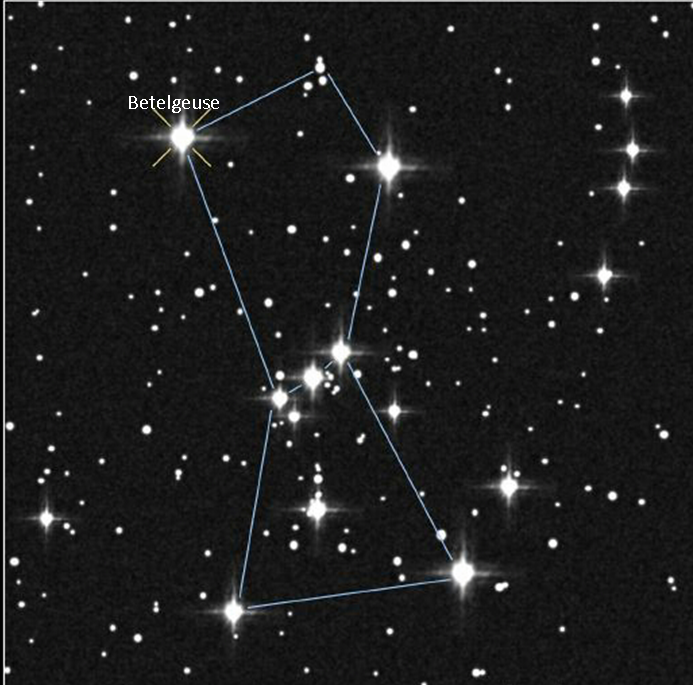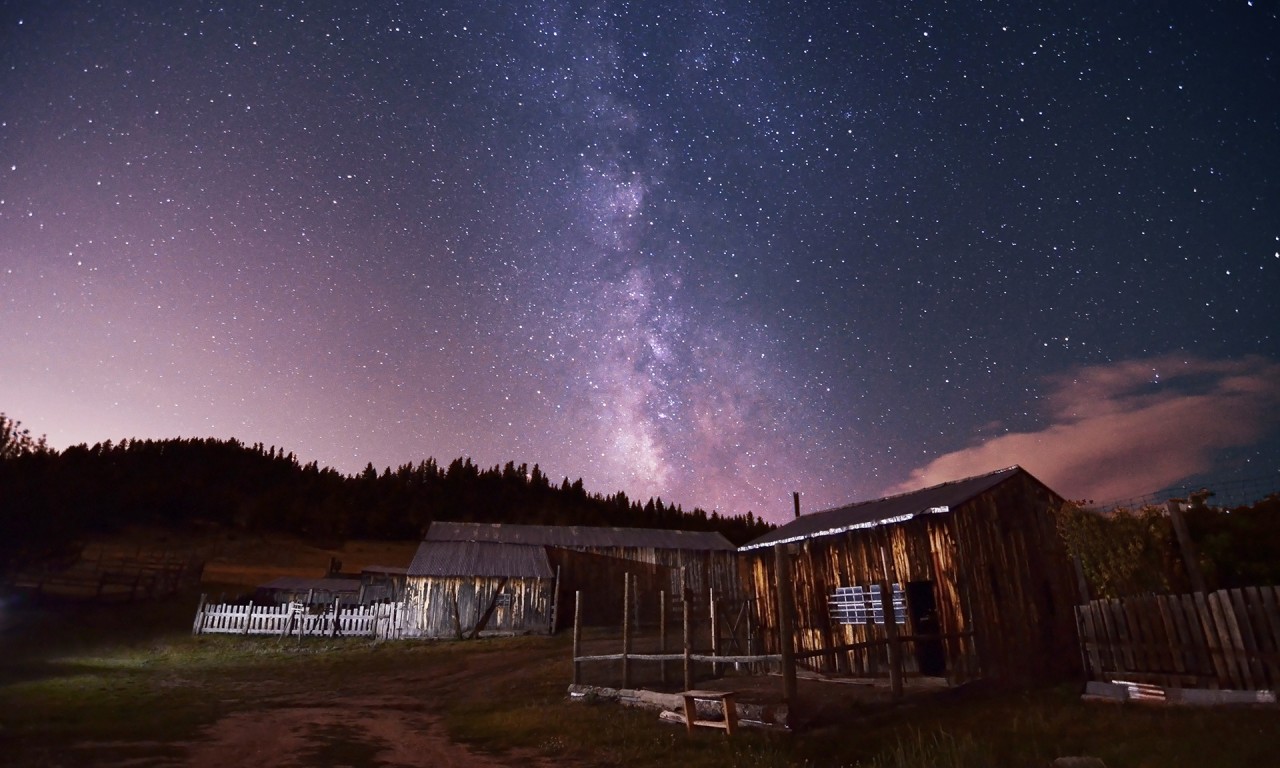Star light, star bright, what is that star I see tonight? Astronomy can be a bit intimidating. It’s difficult to know where to start.
Appreciating the skies does take a little patience, and practice. But it’s just like anything else. Start simple, learn some basics, and expand as you go. There are no age requirements—astronomy is a great hobby to enjoy with your family.
Imagine living hundreds of years ago. There were no computers, no electricity, and no city lights. When it got dark, it got dark. With no lights blotting out the star light, and no electronic distractions, people saw wonderful images in the sky, told stories about them, and shared in the wonder.
Today our skies aren’t as dark and we have more distractions. Sometimes we forget to look up and remember that we’re not the center of the universe!
Look for Easy Targets
There are millions of stars up there. Start by looking for a few major star shapes—most are not complete constellations. In the Northern Hemisphere, the Big Dipper is visible all year. If you can find the Big Dipper, you can use the two stars in the cup of the dipper (farthest from the handle end) to point straight up out of the cup to Polaris, our North Star. There is nothing outstanding about this star—it just happens to be above our north pole and serves as a direction finder.
The southern sky changes depending on the season. In winter and early spring, look for the three stars that make up Orion’s belt in the southern sky, surrounded by four stars that indicate his shoulders and feet. The summer horizon displays the curvy tail of Scorpius, one of the few constellations that looks like its name. To the left of the scorpion’s tail is a large teapot, complete with handle and spout.
The Sky is a Road Map
Constellations are fun to find, but beyond the variety of images that cultures from all over the world have seen, these dot-to-dot star patterns serve as a road map to finding more interesting objects. Astronomers have 88 official constellations that are recognized across the globe so they can communicate and discover together the wonders of the universe.
For instance, just below Orion’s belt where you imagine his sword hangs, is the spectacular Orion nebula, a birthplace for new stars. Just looking at this spot with a good pair of binoculars reveals a magnitude of stars.
Betelgeuse, a large red giant star on Orion’s shoulder, is one of the largest stars we know of in our galaxy. If it were placed at the location of our Sun, it would extend out beyond the orbit of Jupiter.
If you can find the teapot in summer, the Milky Way appears as steam coming out of the spout. Look just above the spout and you will be staring towards the center of our Milky Way Galaxy, loaded with countless stars and other celestial objects.
With a telescope, you can use the star roadmap in the sky to find beautiful nebulas, star clusters, and galaxies not visible to the naked eye.
Most importantly, look up and enjoy. Remember that you are part of something bigger.

Learning More
To enhance your discoveries, try visiting NASA’s Night Sky Planner.
Another great way to spark your astronomy passion is going to a star party or astronomy program. Boulder County Parks & Open Space will offer several this year. Check Hikes & Events for upcoming events.
Spending time with others outdoors, especially with people who have telescopes, is a great way to learn more about the wonders hidden in the sky.


